Tamarind is used in many countries. Mexico uses it for making sweets and drinks, Asians, especially Indians, use it in cooking, for drinks, and in chutneys. Tamarind imparts a sweet-tart taste and is very nutritious.
It can be purchased as a concentrate, a pulp or as dried fruit in a plastic block. I use the concentrate for cooking pulses (beans, lentils, and peas) when I’m feeling lazy, but I only use homemade tamarind pulp to make chutney and drinks.
I make a lot of pulp and store and label it in clean glass jars in the freezer. I use 1/3 of it for chutney and the rest for my Asian recipes like Malaysian Rendang, Pad Thai, or Indian Chole (white chickpeas) or dal. Nothing beats the taste of homemade pulp.
I make the pulp fairly thick as it saves room in my freezer. I thin it out to make chutneys and drinks. Carol, here is the recipe I promised you.
Hands-on time: 35 minutes
Cook time: 15 minutes
Yield: 4-6 quarts pulp
INSTRUCTIONS
1.Break apart the block into small pieces to better expose the fruit.
2. If using fresh tamarind in the pods, remove the outer shell and proceed to the following steps.
3. Place tamarind in a 5-quart anodized or non-stick vessel. Do not put it in cast iron. It will impart a bad metallic taste to the tamarind pulp.


raw tamarind without outer shell 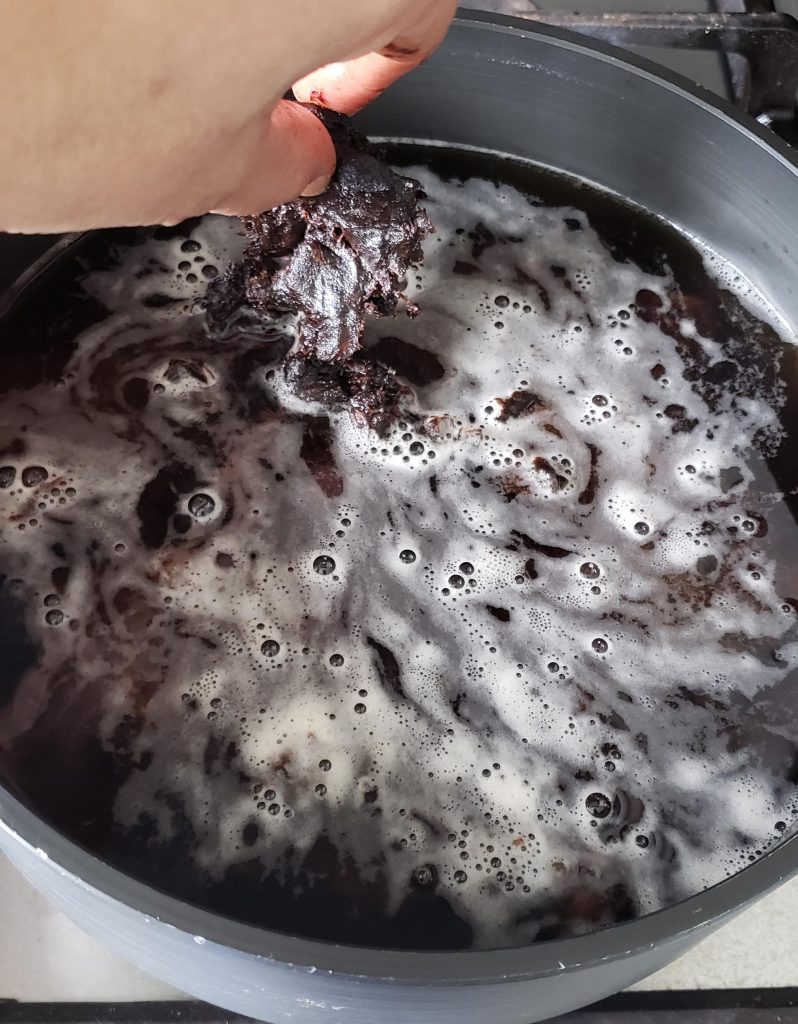
place tamarind fruit in cold water
4. Cover the fruit with cold water and bring it to a boil. Cook for 15 minutes.
5. When the liquid is cool enough to handle, pick up the pieces of fruit and remove all the seeds by feeling for them. They will be hard. Take your time. You must remove all the seeds before moving on to the next step.

softened, cooled, tamarind pulp 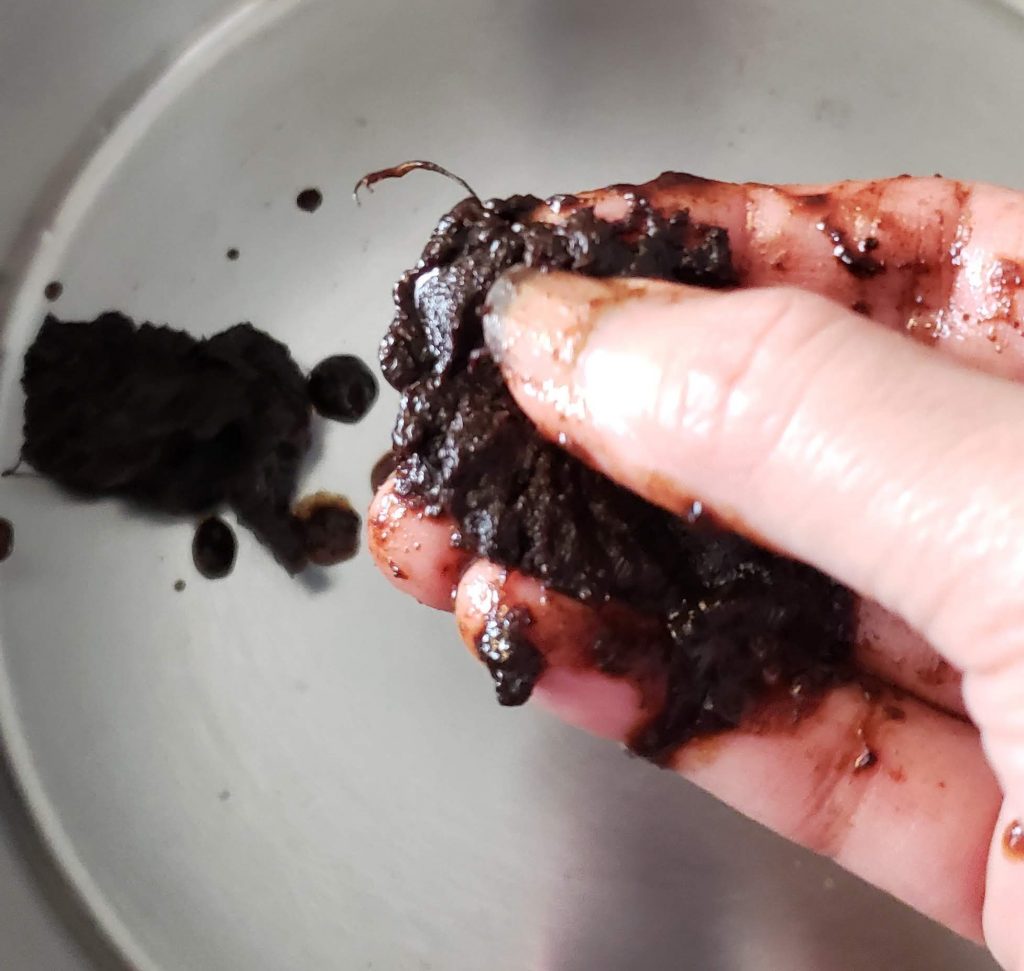
manually remove seeds from the softened pulp
6. Place the pitted tamarind in a bowl and puree the fruit using a stick blender. Otherwise, use a regular blender or food processor to puree. Add water to process the fruit as the pulp puree will thicken as it separates from the pod.
7. Using a food mill over a large bowl or a sturdy metal strainer and a spoon, pass the pureed fruit through to remove the fiber. Add water as needed to facilitate this process.

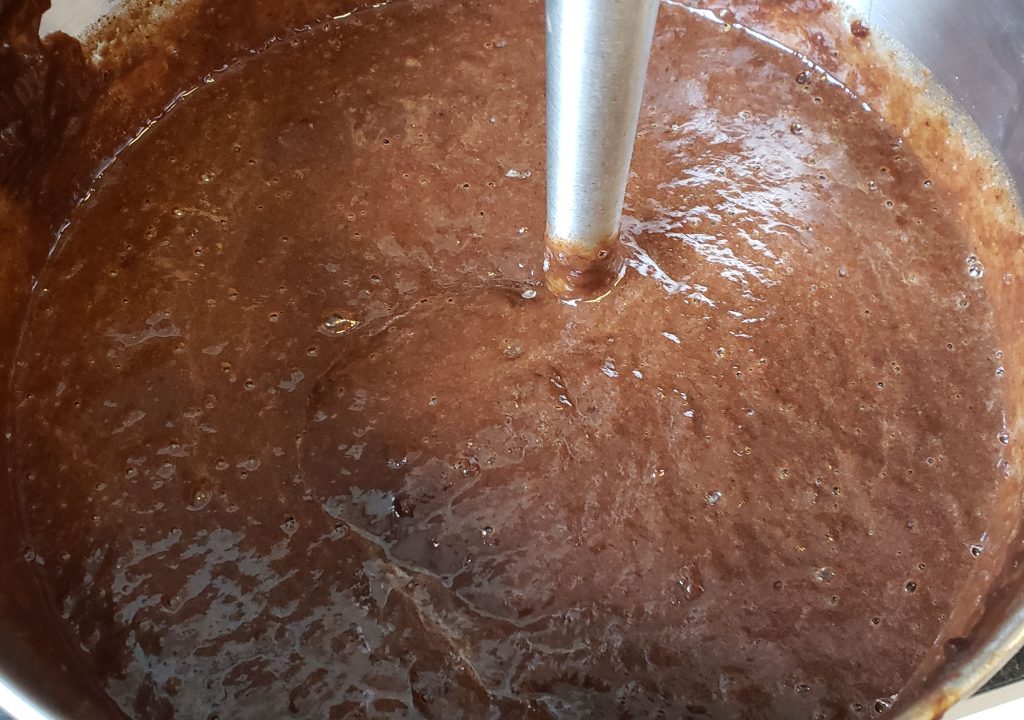
pureé until smooth, thick liquid 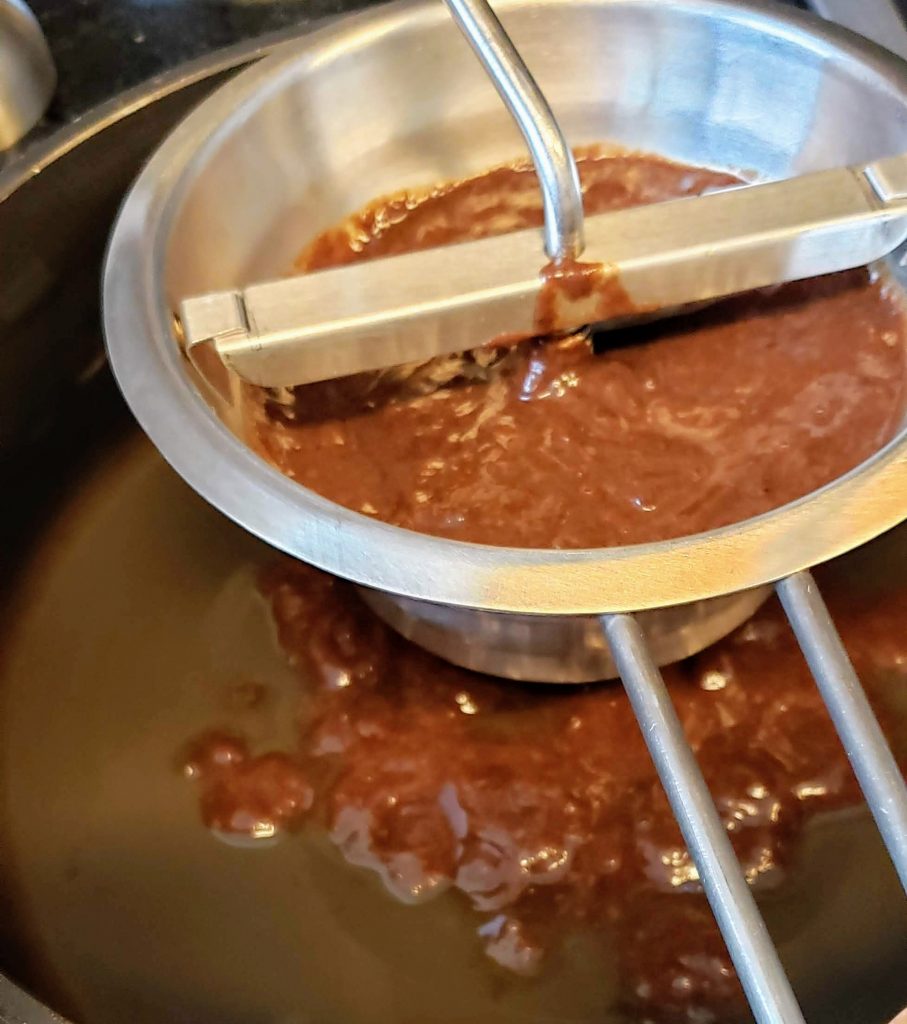
pass pureé through a food mill to remove fiber 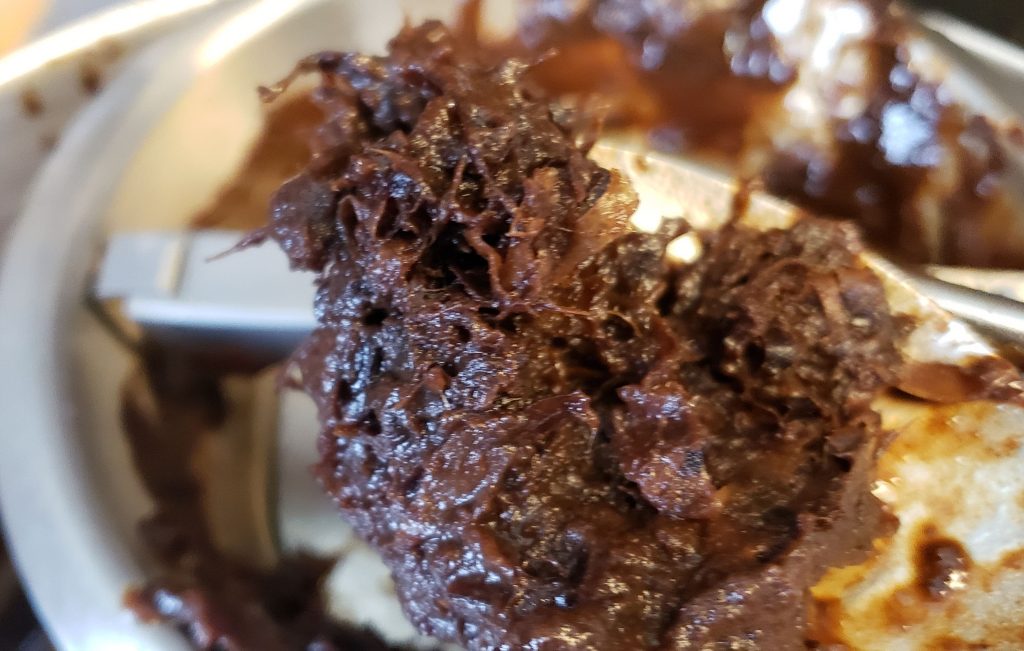
removal of fiber
8. In the end, you will get between 4-6 quarts of tamarind pulp.
Store the pulp in glass jars with a tight-fitting lid. Label and date them.
If I need only a spoon or two of pulp for seasoning pulses or rice, I scrape off the top layer of the still frozen pulp with a spoon. However, I defrost a jar for making Asian sauces, drinks or chutney.
Note: Tamarind seeds, leaves and the pulp offer different health benefits. Tamarind pulp has the following health benefits:
- Every 100 grams of tamarind meets 15% of your daily iron intake;
- It’s a good solution for both constipation and diarrhea;
- It boosts metabolism and aids in weight loss;
- It has a strong anti-oxidant as it is extremely high in vitamin C;
- It’s an anti-inflammatory;
- It improves white-blood-cell production, thereby improving the immune system; and,
- It helps control blood sugar levels.
Tamarind consumption should be limited by pregnant women. While tamarind has benefits for both the developing fetus and the mother, it also reduces the effectiveness of certain medicines like aspirin. It is best to eat it in moderation while pregnant.
However, breastfeeding mothers are advised against its consumption because its high vitamin C content can cause digestive issues in newborn babies. This is true of other foods that are high in vitamin C as well.
Written by Anju Kapur of Anju’s Table. All content and images on this site are copyright protected. Please do not use any of my images without my permission. Should you wish to share this recipe on your site, please add a link to this post as the source.
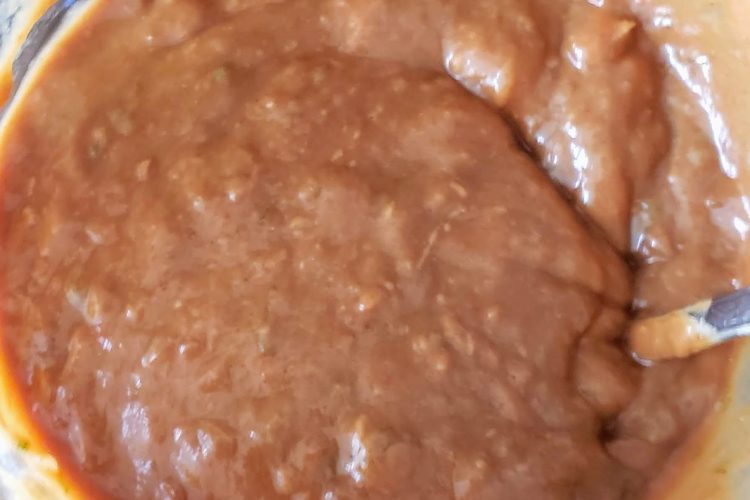
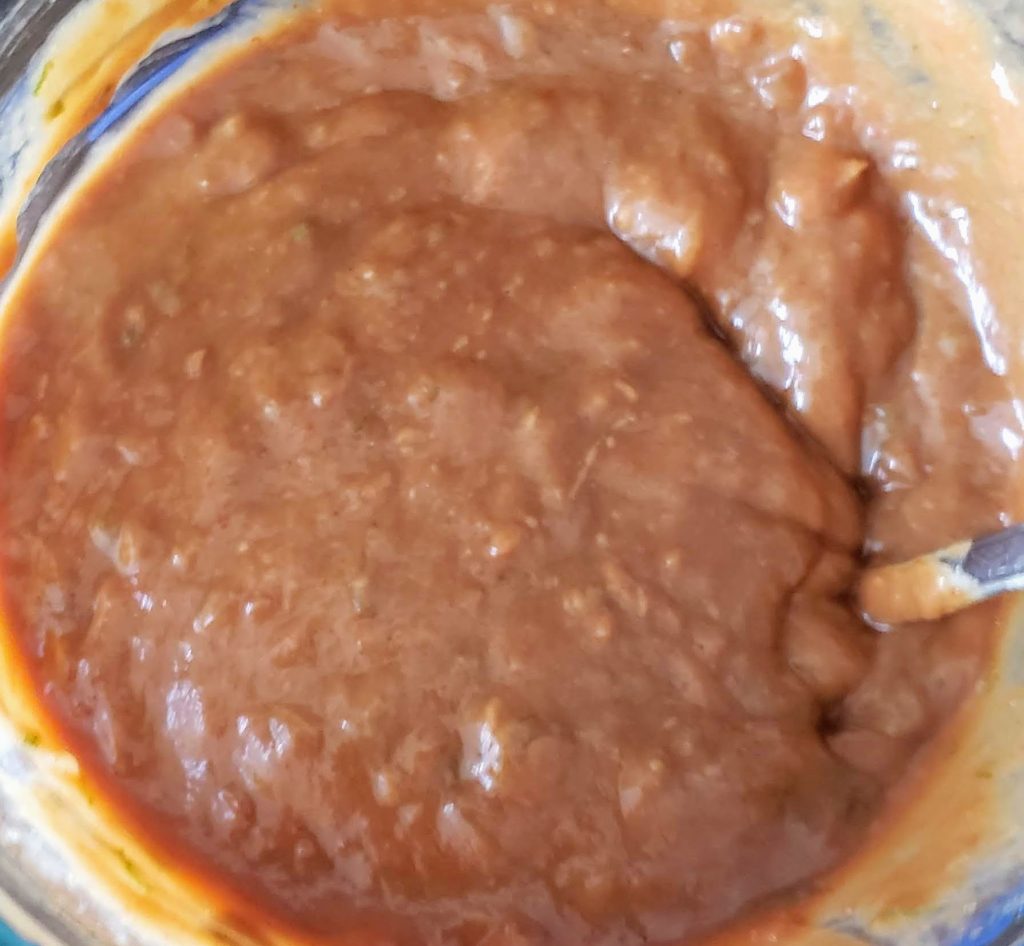
[…] tamarind pulp into a 2-quart pan and set to heat. You just want to heat it, not boil […]
[…] here to see the recipe for Tamarind […]
[…] here to get the recipe for Tamarind […]
[…] here to get the recipe for Tamarind […]